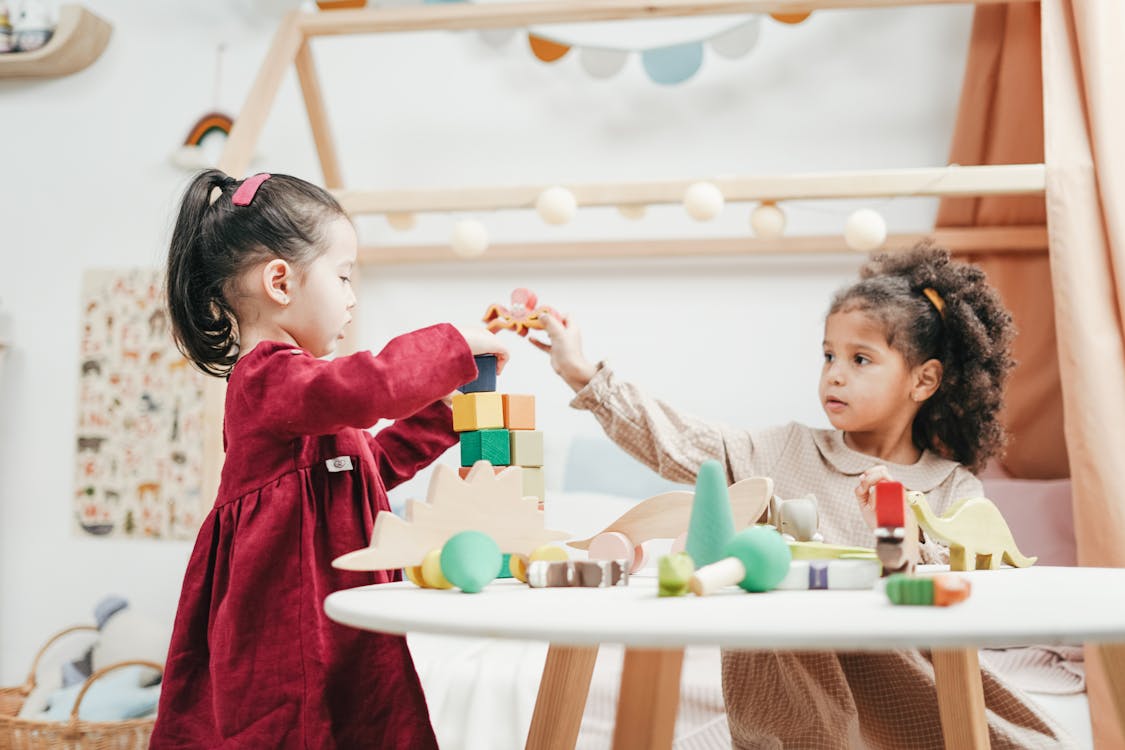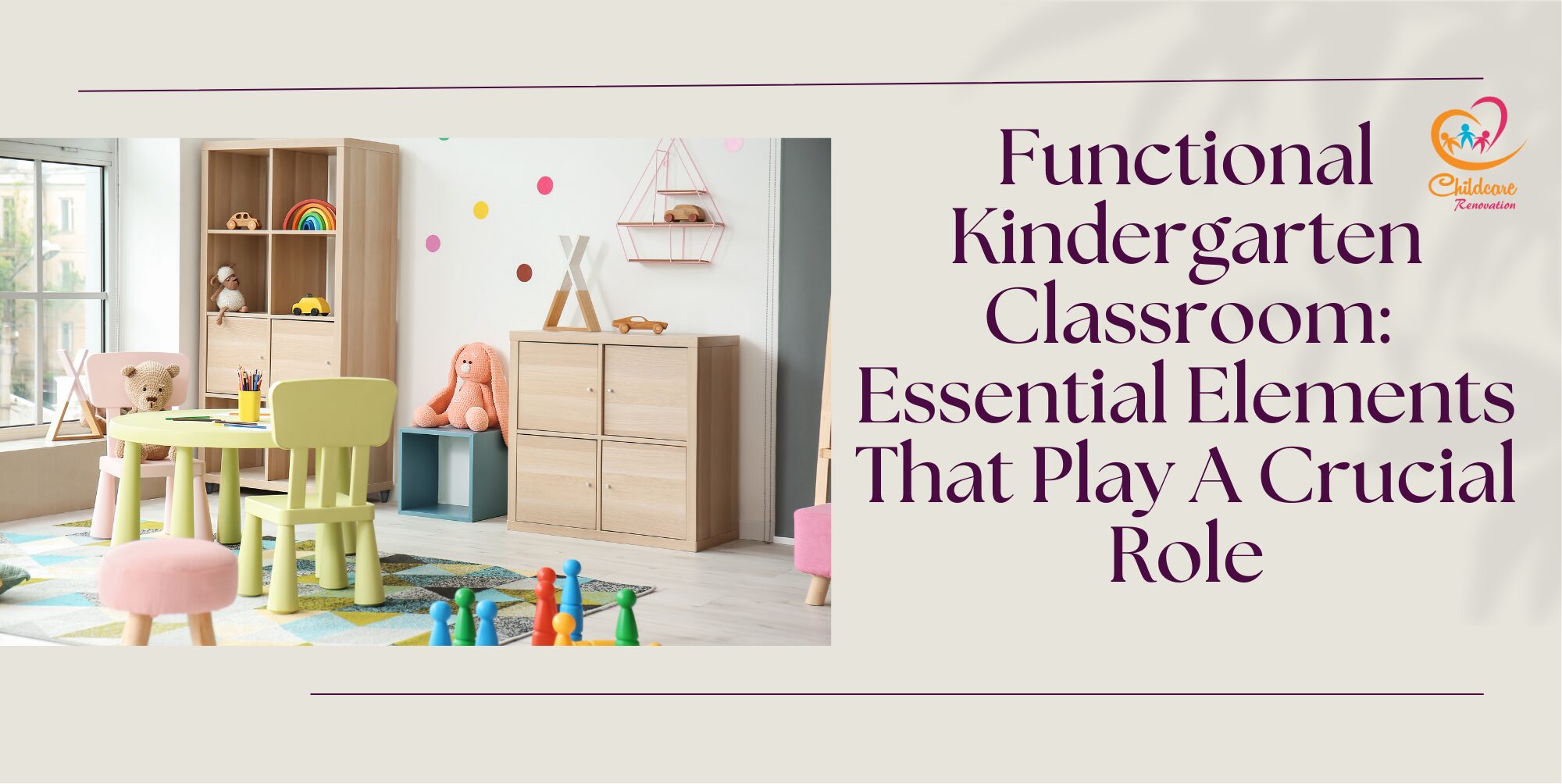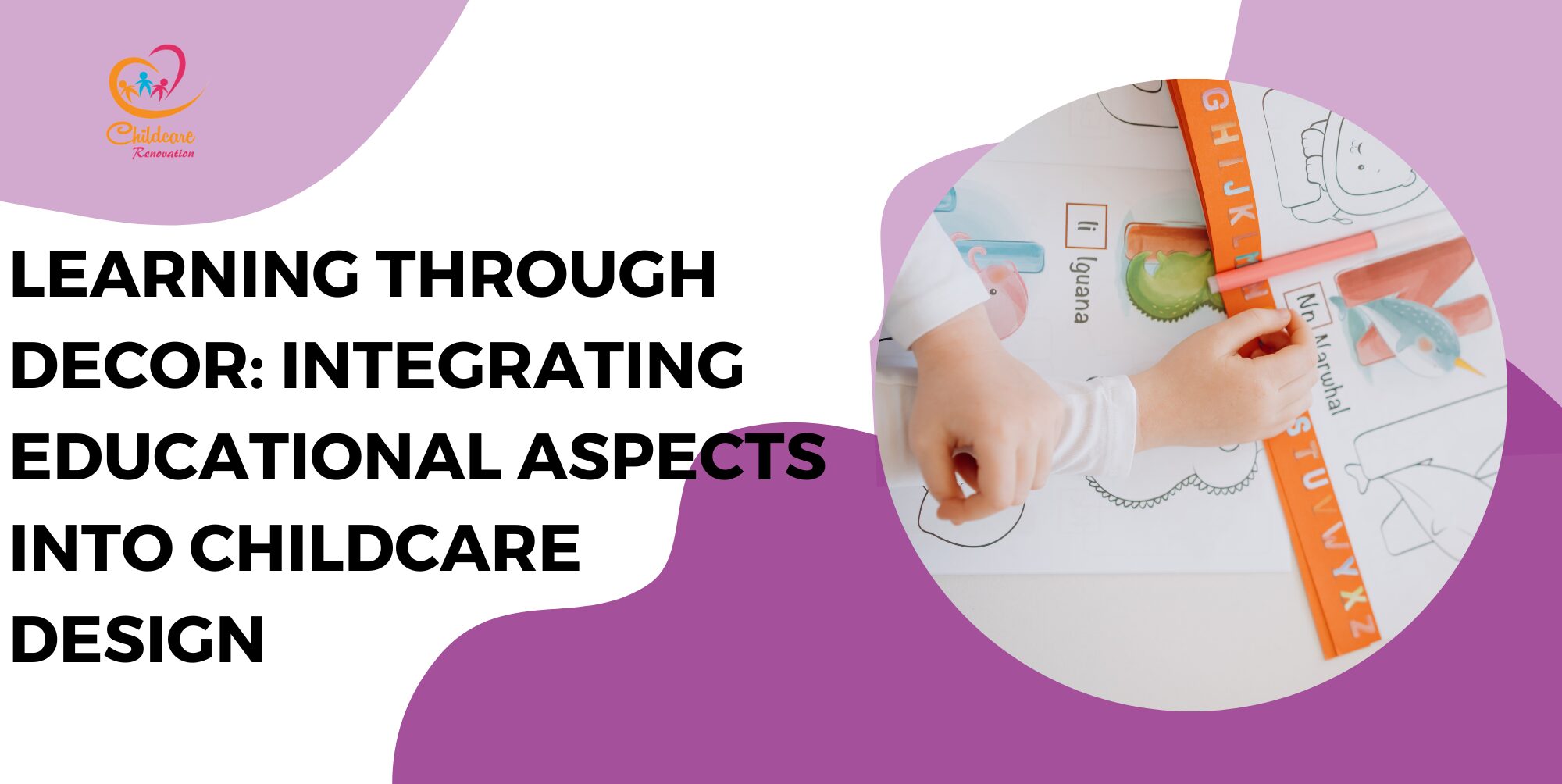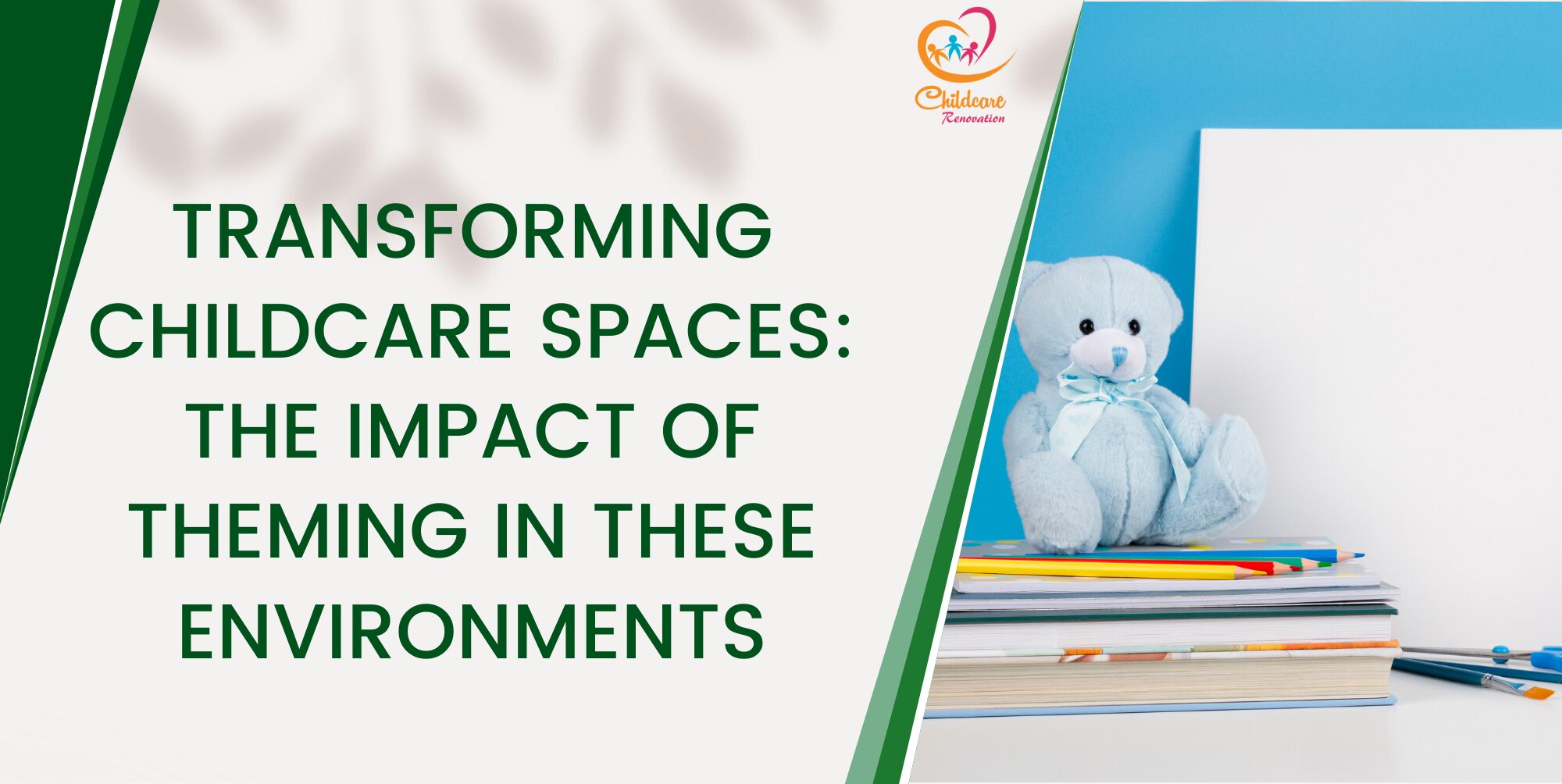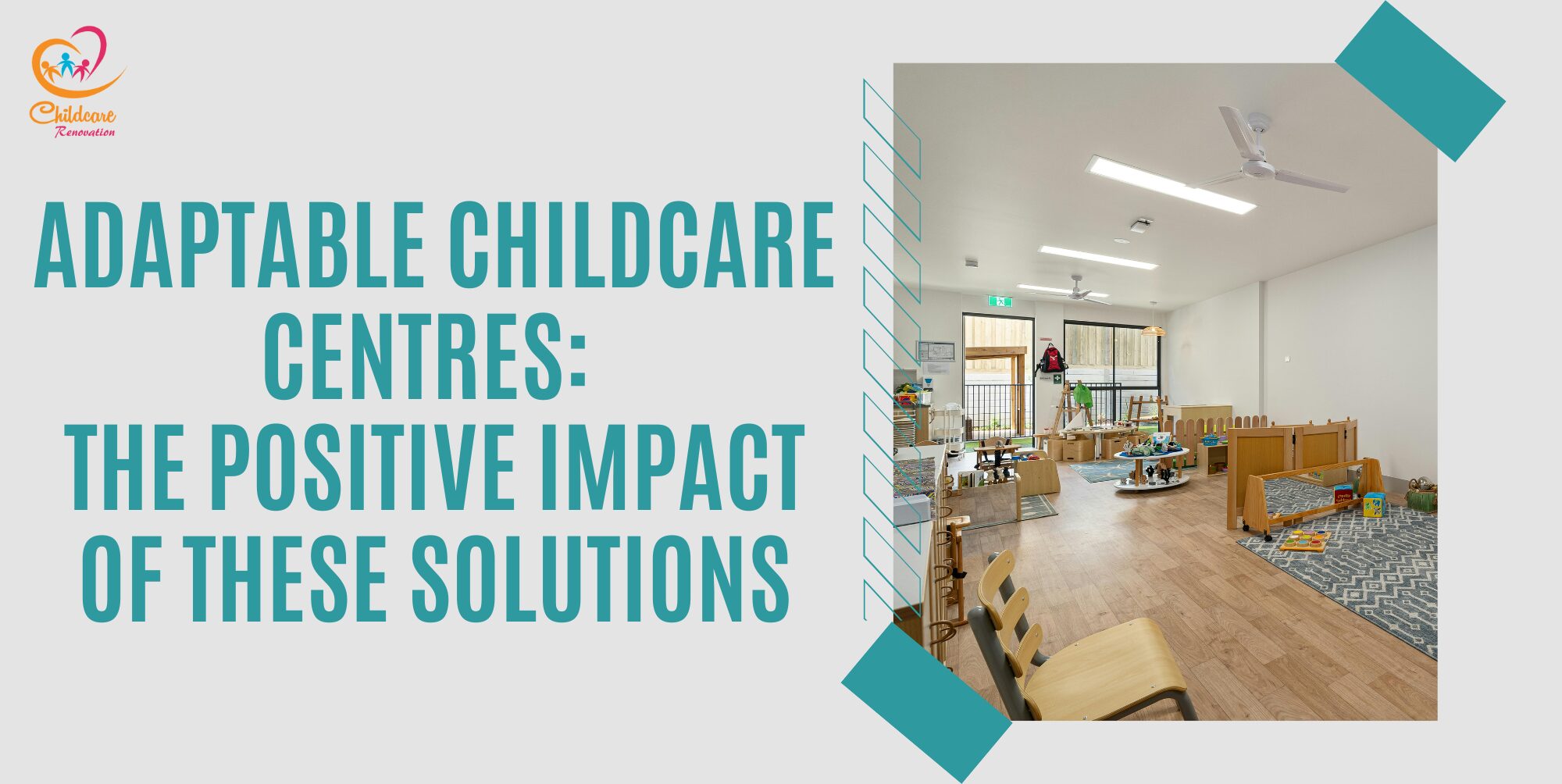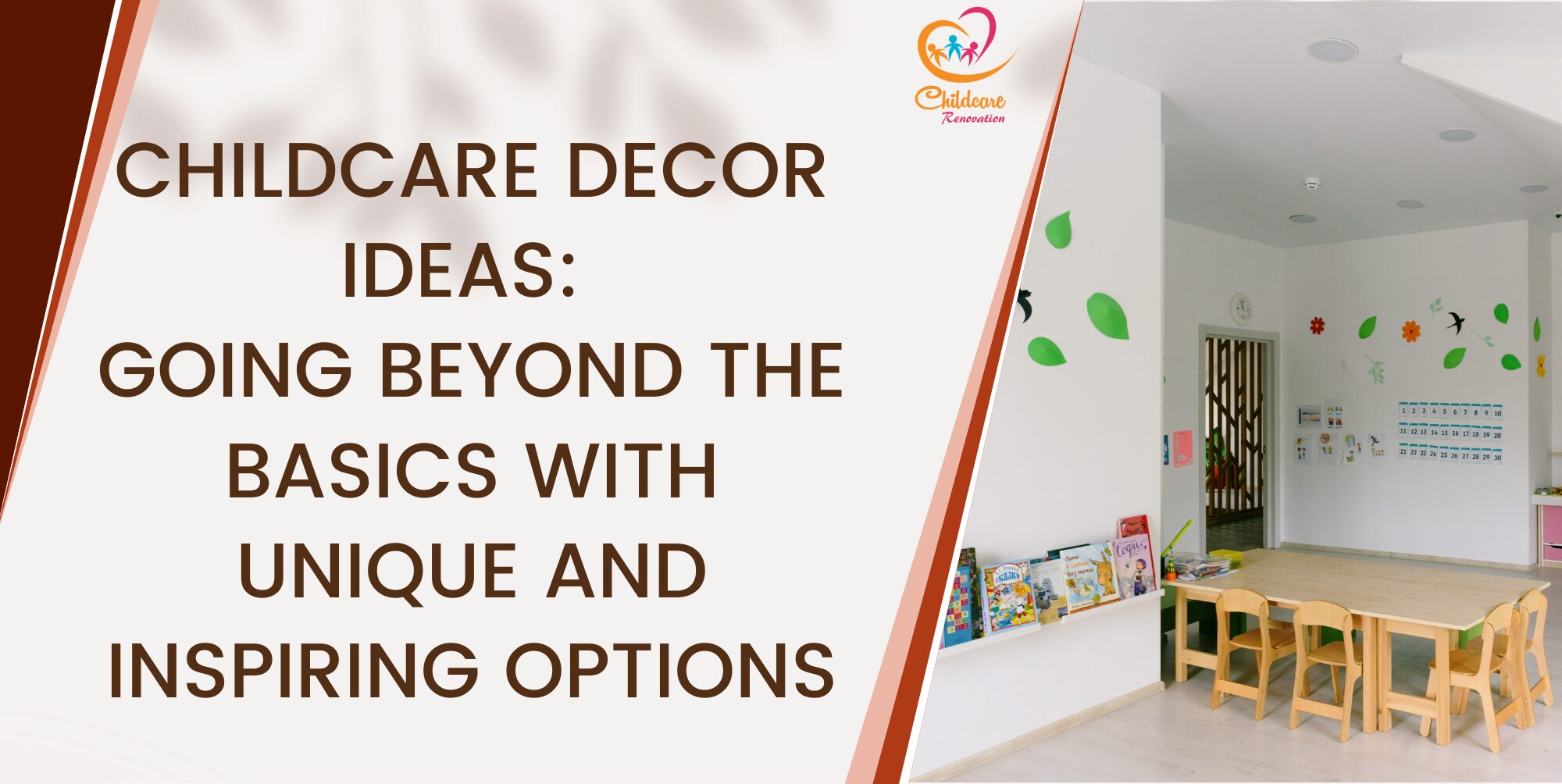In the ever-evolving landscape of childcare, the spotlight on health and wellness has become increasingly crucial. Recognizing the profound impact of physical spaces on children’s development, a paradigm shift towards wellness-centric design in childcare renovations is taking center stage. This article delves into the principles and practices of wellness-centric design, offering in-depth insights and actionable tips for crafting environments that prioritize the holistic well-being of children.
Understanding Wellness-Centric Design
Defining Wellness-Centric Design
Wellness-centric design transcends mere aesthetics; it involves creating spaces that foster physical, mental, and emotional well-being. In the realm of childcare renovations, this approach demands thoughtful planning to ensure every aspect of the environment contributes positively to children’s overall health. From color schemes that evoke calmness to furniture arrangements that encourage social interaction, wellness-centric design considers the multifaceted needs of children in their learning and play spaces.
The Impact on Children’s Development
Research consistently highlights that well-designed spaces can significantly influence children’s cognitive and emotional development. Environments prioritizing wellness contribute to enhanced concentration, improved mood regulation, and enriched social interactions among children. For instance, a well-lit room with ample ventilation not only creates a pleasant atmosphere but has been shown to positively impact children’s circadian rhythms, promoting healthier sleep patterns and overall well-being.
Key Elements of Wellness-Centric Design
Natural Light and Ventilation
A cornerstone of wellness-centric design is the incorporation of abundant natural light and proper ventilation. Exposure to natural light has been correlated with improved sleep patterns and mood regulation in children. When renovating childcare spaces, optimizing the use of windows and ventilation systems is key to creating a healthy indoor environment. Consideration should be given not only to the quantity of light but also to its quality, ensuring a balance that suits different activities throughout the day.
Biophilic Design Principles
Biophilic design, integrating nature-inspired elements into the built environment, is a powerful aspect of wellness-centric childcare renovations. This could include incorporating elements such as indoor plants, nature-themed artwork, or providing views of outdoor greenery. Studies suggest that exposure to nature positively impacts stress reduction and overall well-being in children. Bringing the outdoors inside fosters a connection with nature, promoting a sense of calmness and curiosity.
Safe and Non-Toxic Materials
Choosing safe, non-toxic materials is paramount in wellness-centric childcare renovations. The use of eco-friendly and low-VOC (volatile organic compound) materials contributes to better indoor air quality. Prioritizing non-toxic materials reduces potential health risks, creating a safer environment for both children and caregivers. Considerations should extend to furniture, flooring, and any other elements that come into direct contact with children, ensuring a space free from harmful substances.
Integrating Wellness into Childcare Spaces
Creating Relaxation Zones
Wellness-centric design embraces the creation of dedicated spaces for relaxation and stress reduction. Consider incorporating calming colors, comfortable seating, and sensory elements in specific areas. Providing a retreat for children to unwind contributes to a positive and calming atmosphere. This could involve creating cozy reading nooks or incorporating soft furnishings that offer a sense of comfort and security.
Promoting Physical Activity
Physical activity is a cornerstone of child health. When renovating childcare spaces, prioritize the design of play areas that encourage movement and exercise. Consider age-appropriate equipment, safe flooring, and interactive elements that promote physical engagement and overall well-being. Integrating elements of nature, such as natural textures and materials, into play areas can enhance the connection between physical activity and the surrounding environment.
Mindful Learning Environments
Mindfulness has gained recognition for its positive impact on mental health. Designing mindful learning environments involves creating spaces that foster focus, concentration, and creativity. Incorporate elements that support mindfulness, such as quiet corners for reflection and age-appropriate mindfulness activities. Additionally, consider the arrangement of furniture to allow for flexibility and adaptability, catering to different learning styles and activities.
In conclusion, prioritizing health in childcare renovations through wellness-centric design is not just a trend but a fundamental shift towards creating spaces that nurture the well-being of children. As childcare providers embark on renovation journeys, incorporating natural light, biophilic design principles, safe materials, and spaces that promote relaxation and physical activity will contribute to environments where children can thrive, learn, and play in a holistic and balanced manner.
Speak with The Experts
Planning to get started at your kindergarten but have no idea about it?
Childcare Center Renovation Singapore is a reliable company for renovation and interior design. They have about ten years of experience in this field and also have a good reputation from customers.
Call us now to get your desired kindergarten design ideas now!









